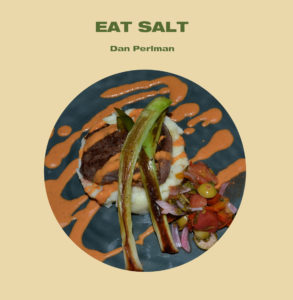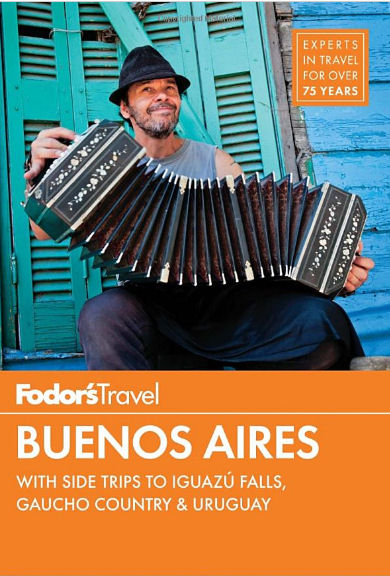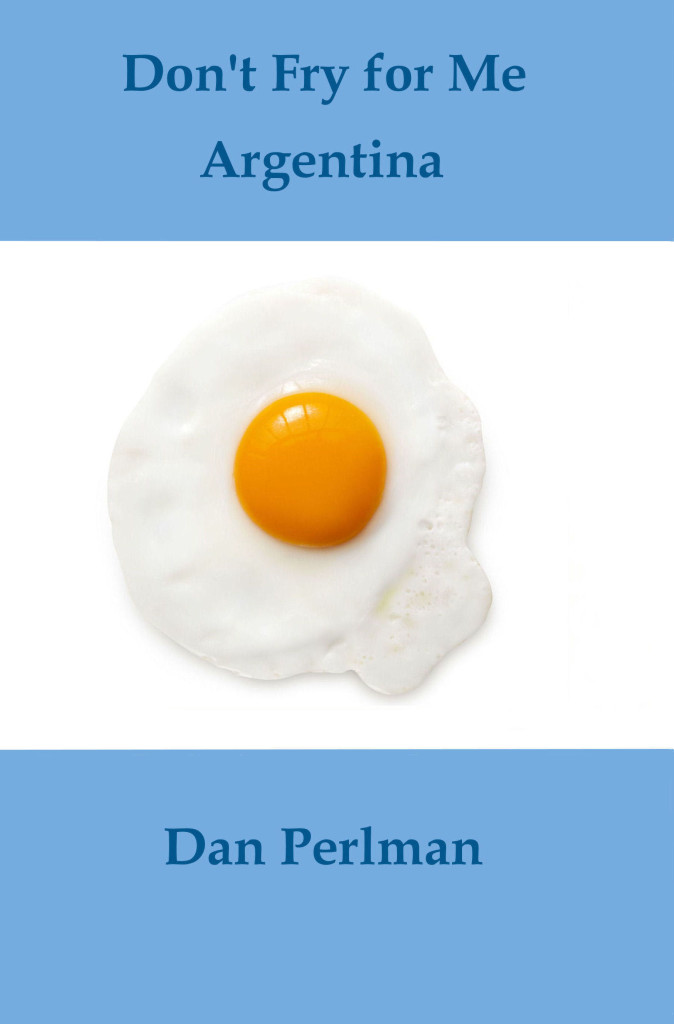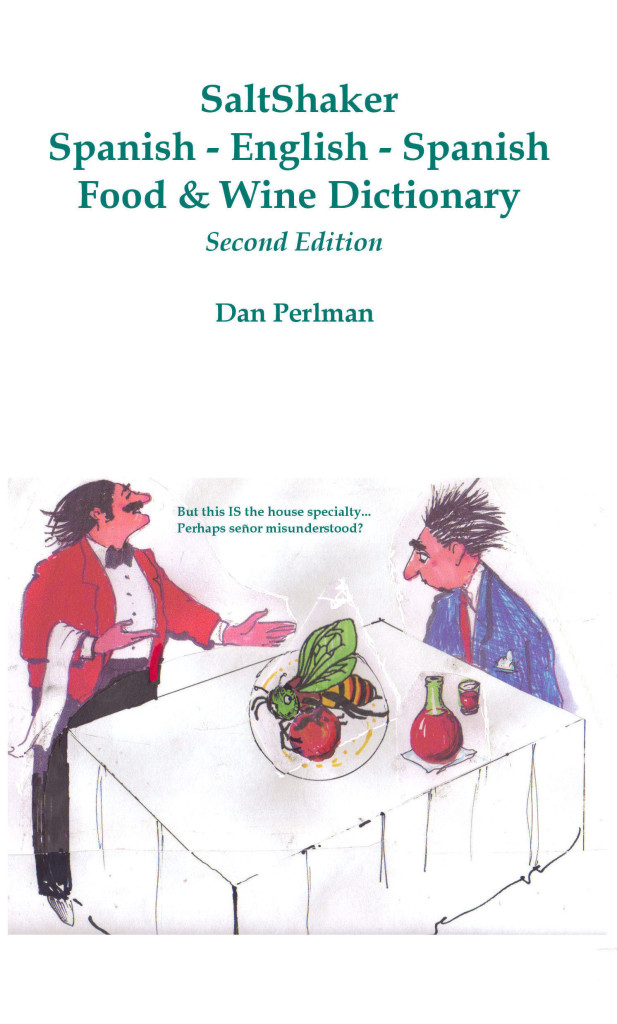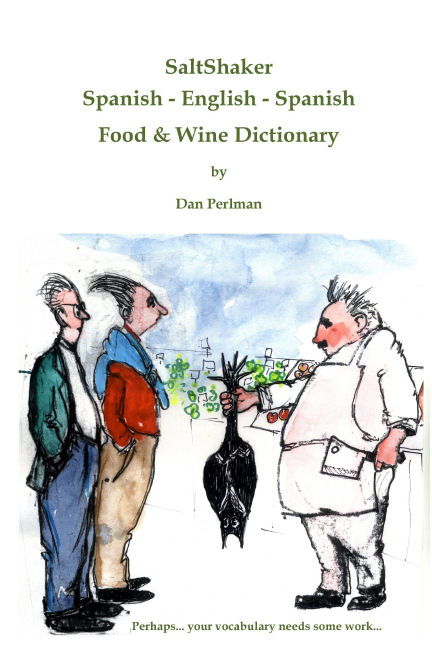
Time Out
500 ways to experience Brazil around the world
June 2010
pgs 131-132
Brazilian Kitchen on Tour
Spice up your repertoire with these three classic recipes
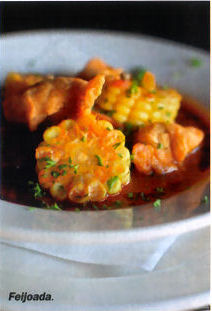 You could spend years exploring the canon of dishes from various parts of Brazil; but if you’re new to Brazilian food, a dip into a handful of classic regional favorites will make a useful starting point to appreciating the richness and diversity of what’s on offer.
You could spend years exploring the canon of dishes from various parts of Brazil; but if you’re new to Brazilian food, a dip into a handful of classic regional favorites will make a useful starting point to appreciating the richness and diversity of what’s on offer.
From the delicate flavors of a crab casquinha to spicy, aromatic fish moqueca, and on to the rich depths of the feijoada, Brail’s iconic bean-and-meat stew, the three simple recipes that follow demonstrate just how varied Brazil’s cuisine can be.
Any one of them will bring a smile to the face of a homesick Brazilian friend, and though at first glance they might appear complex, none of these dishes is difficult to make. While they call for the odd ingredient that might not be available where you live, there are easy-to-find substitutes for each that, while not preserving the dish’s pristine authenticity, do preserve its spirit and flavors.
Casquinha de Carangueijo
This easy-to-make stuffed crab is from the area around São Luis in the northern state of Maranhão, a region known for its beautiful coastline and fresh seafood. With its delicate crabmeat enhanced by familiar flavors like tomato, onion, garlic and parsley, the dish is especially evocative of the region. Serves six.
1 lb (450 gm) lump crabmeat, with pieces of shell removed
juice of 3 limes
2 oz (60ml) olive oil
2 tomatoes, chopped
1 yellow onion, chopped
4 green onions, chopped
4 tablespoons chopped parsley
2-3 hot peppers
4 oz (110 gm) butter
3 garlic cloves, minced
12 oz (340 gm) manioc flour
12 black olives, chopped
salt and pepper
Mix the crabmeat and lime juice and let stand for 10 minutes. Drain off the liquid. In a frying pan, saute the tomato, onion, green onion, peppers and parsley in olive oil for 3-4 minutes. Add the crabmeat and combine well. Fill crab shells or gratin dishes with this mixture.
In another frying pan saute garlic in butter until it is golden. Add manioc flour (or breadcrumbs if not available) cook for another minute. Add the olives and season with salt. Spread this mixture over the top of the crabmeat. Place under the broiler and cook until golden brown – 1-2 minutes.
Feijoada
This deep, complex and delicious meat-and-bean stew is the national dish of Brazil, and there are countless variations, from the type of beans used to the cuts of meat, and even which animal they come from. Almost all come with farofa on the side; but While the “poor man’s” feijoada usually involves some nose-to-tail eating including pig’s trotters or calve’s feet, ears tongues and the like, it’s by no means a requirement, and many home cooks and restaurants use more familiar cuts of meat and sausages as the base. It’s a lot of ingredients, but don’t be put off: it all comes together easily. This is a Bahian version, without the ‘variety meats’. Serves six.
1 lb (450 gm) of black beans (dry), soaked in water overnight
3 bay leaves
1 large onion, chopped
3 garlic cloves, minced
3 tablespoons olive oil
salt and pepper
½ lb (225 gm) bacon, cut in small cubes
1 lb (450 gm) smoked sausage, cut in slices
1 cured chorizo style sausage (or any spicy cured sausage)
2 fresh chorizo style sausages (or any spicy fresh sausage)
½ lb (225 gm) chuck or rump roast, cut in cubes
½ lb (225 gm) pork shoulder, cut in cubes
4 oz (110 gm) butter
3 garlic cloves, minced
12 oz (340 gm) manioc flour
4 tablespoons chopped parsley
2 oranges, peeled and sliced
12 oz (340 gm) uncooked white rice
32 oz (950 ml) water
1 large bunch of kale or chard, washed and cut into strips
1 garlic clove, sliced
2 tablespoons olive oil
Drain the beans and place them in a pot with the bay leaves and twice their volume of water. Cook until tender. Keep warm. Remove one cup of beans and puree them in a blender with a little water.
In a large stewpot saute the onion and garlic in olive oil until they start to brown. Add the meats and cook, stirring regularly, until browned. Add the beans and their cooking water plus the pureed beans. Bring to a simmer, reduce heat and cook until the meat is cooked through, about 15-20 minutes.
For the farofa, sauté the remaining garlic in butter until lightly browned, then add the coarse manioc flour (or breadcrumbs) and cook for 1-2 minutes until lightly golden. Stir in the parsley and season with salt and pepper to taste.
Separately, saute the kale or chard with the sliced garlic in olive oil until wilted.
Place the farofa and greens on the table and ladle a plate of feijoada out for each person, garnished with orange slices and accompanied by cooked white rice. Let people add the accompaniments to their personal tastes.
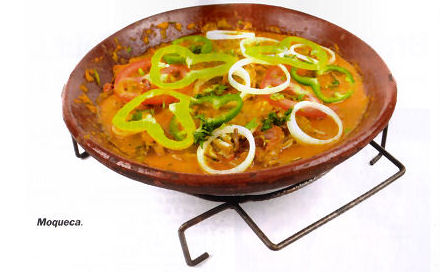
Moqueca
This wonderfully aromatic fish and tomato dish probably comes in a close second for national dish. This version is from the south-east. On the spicy side and very aromatic, moqueca is delightful when paired with a well chilled, medium-bodied beer, or a fragrant wine such as Riesling, Gewürztraminer, or Viognier. Serves six.
3 lb (1.5 kg) of white fish fillets – pollack, sea bass, perch are all good choices
2 garlic cloves, chopped
1 onion, chopped
2 tomatoes, peeled, seeded and cut in wedges
1 red bell pepper, seeded and cut in thin strips
1 bunch cilantro, chopped
1 bunch of basil, chopped
4 oz (120ml) coconut milk
2 tablespoons dende oil
4 tablespoons olive oil
5-6 malagueta peppers (usually available pickled, in small jars)
salt and pepper
Saute the onion and garlic in the oils for two minutes, just to soften. If you couldn’t find dende oil, use six tablespoons of olive oil, and add a half teaspoon of ground turmeric at the beginning for color.
Add the fish fillets to the onions, garlic and oil in one layer. Cover the fish with the remaining ingredients. If malagueta peppers are unavailable, use any small, hot chilies, pickled if available, or add a tablespoon of vinegar to the dish to give it some zip. Cover the pan and cook for ten minutes over low heat without stirring until the fish is cooked through. Place fillets with vegetable and herb toppings intact on to plates and accompany with rice. Season the liquid in the pan to taste and pour over the fish.
Ingredient notes
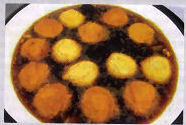 Dende palm oil adds delicious earthiness and a vivid orange color to the dishes, and it’s the hallmark of the Bahia region. It’s tricky to substitute, as its flavor is so unique; but if it’s impossible to find where you live, you can mimic the color, at least, with a pinch of turmeric – see the moqueca recipe.
Dende palm oil adds delicious earthiness and a vivid orange color to the dishes, and it’s the hallmark of the Bahia region. It’s tricky to substitute, as its flavor is so unique; but if it’s impossible to find where you live, you can mimic the color, at least, with a pinch of turmeric – see the moqueca recipe.
Manioc flour, finely ground, is used as a thickener; and in coarse form is toasted to create golden farofa, a essential accompaniment to many a Brazilian dish. It’s also known as ‘tapioca flour’. If you can’t find it, cornstarch will do for use as a thickener; but for farofa, if manioc flour is unavailable in coarse form, then breadcrumbs prepared the same way make a good substitute. Better that than trying to use ordinary flour, which will just end up as a paste.
The folk at the “home office” of Time Out contacted me after I’d written for Time Out Buenos Aires for several years and asked if I’d write a recipe section for their forthcoming book on Brazilian culture.





